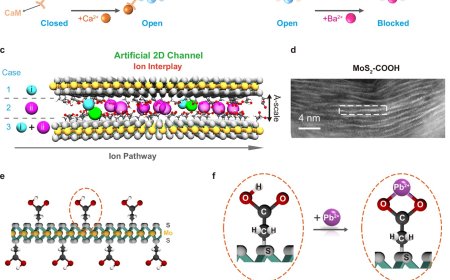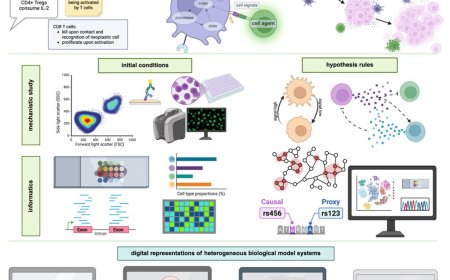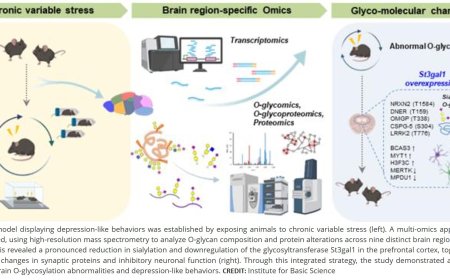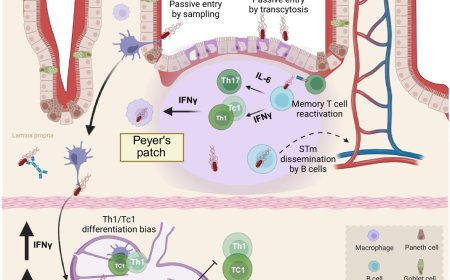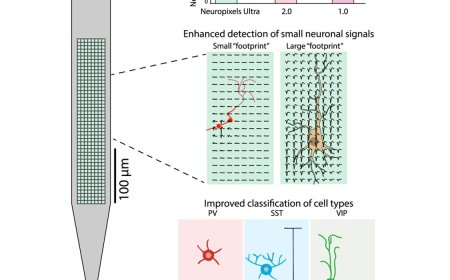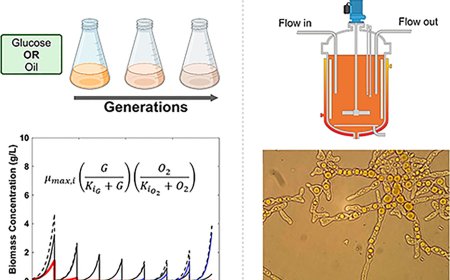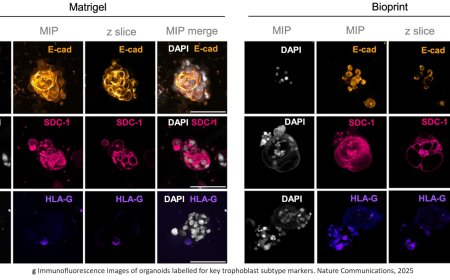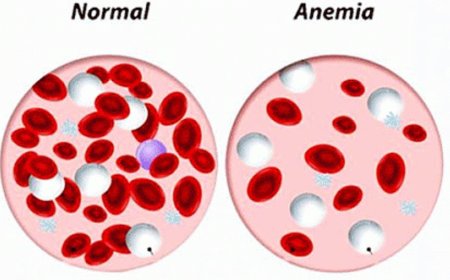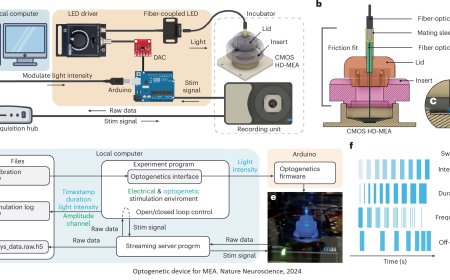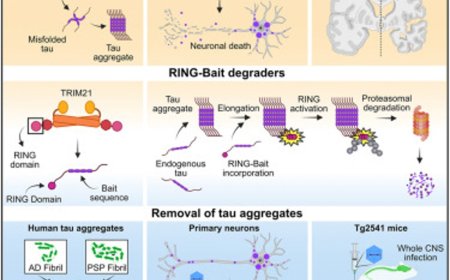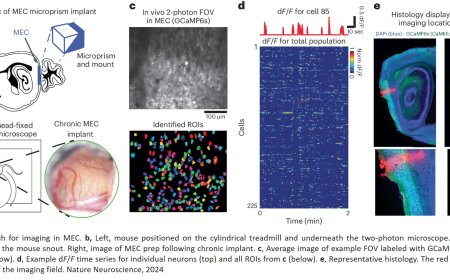Vulnerabilities of layer 5 pyramidal neurons identified!
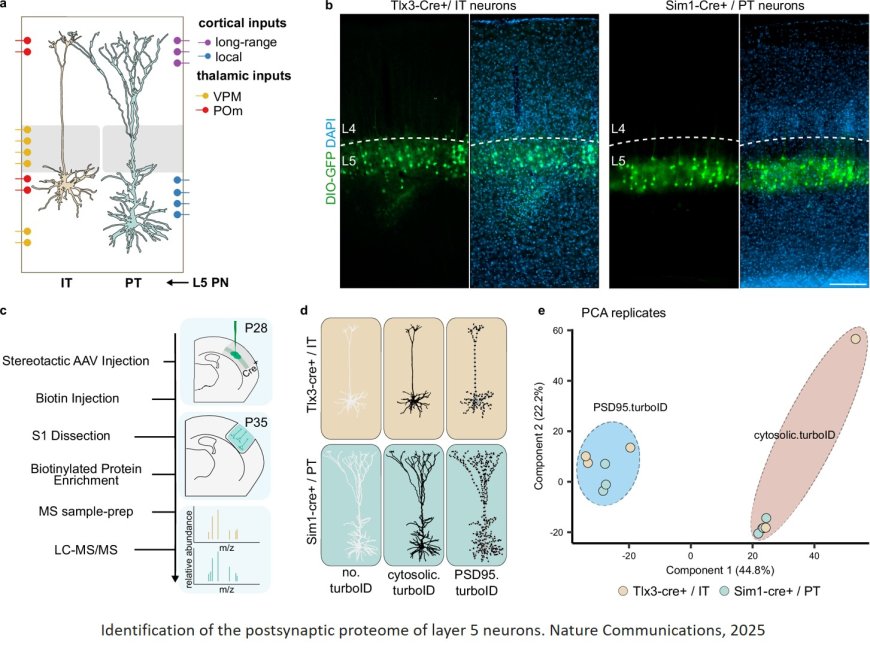
Specific brain cells known as layer 5 pyramidal neurons play a vital role in how our brains process information. The new research highlights the differences between two types of these brain cells —intratelencephalic (IT) neurons and pyramidal tract (PT) neurons—and how these differences may affect their vulnerability to conditions like autism and schizophrenia.
Among the neural circuits that let our brain process information, brain cells known as layer 5 pyramidal neurons integrate information from various sources and then distribute it to where it needs to go, like relay hubs in our brain.
To understand how these brain cells exchange information through their synapses (junctions to exchange chemical ‘messages’), the team used a sensitive technique called proteomics to profile the synapses of two types of mouse layer 5 neurons —intratelencephalic (IT) neurons and pyramidal tract (PT) neurons, each with different functions in relaying information.
Working with proteomics, they discovered that while both types of neurons share some synaptic proteins, they also have unique features that may influence their functions and their susceptibility to certain autistic traits and mental health disorders such as schizophrenia.
"Mapping the synaptic protein composition of layer 5 neurons is an important step in understanding how these neurons are wired into neural circuits and how this process may be affected by neurodevelopmental disorders," says the author.
The authors found distinct synaptic signatures of L5 IT and PT neurons that are defined by proteins regulating synaptic organization and transmission, including cell-surface proteins (CSPs), neurotransmitter receptors and ion channels. In addition, they find a differential vulnerability to disease, with a marked enrichment of autism risk genes in the synaptic signature of L5 IT neurons compared to PT neurons.
"Our findings suggest that the synapses of layer 5 IT neurons are more susceptible to autism." In follow up studies, the team will investigate whether autism risk genes affect wiring and information processing of layer 5 IT neurons.
The first author of the study, adds, “By extending our approach to mapping synaptic profiles of different neuron types in the brain, we can begin to understand their roles in health and disease.”

